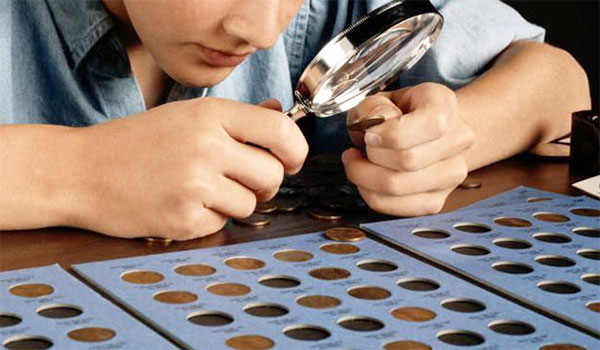
Guide in beginning a coin collection: novice coin collectors can start with old coins and ordinary pocket change. A coin has a lot of stories to tell about the past – the people and events engraved on its face.
Coin collectors for beginners can be interesting, educational, and fun. Imagine a part of history, a kingdom, a country right in your very hands. Indeed, a coin is a chronicler in itself.
According to the brief history of coin collecting, saving coins for a collection is one of the oldest hobbies in the world. It was referred to as the “hobby of kings” during Renaissance because only the royals and the elite could afford to collect coins.
But even before such name was given to coin collecting, one of the first collectors of coins was also a monarch himself – first Roman Emperor Caesar Augustus. He collected precious old coins and foreign coins to be given as gifts.
Nowadays, anyone could be a coin collector. Even parents would encourage coin collecting for kids. The hobby of coin collecting has also evolved from a mere pastime to becoming a lucrative avenue for business.
The coin collecting basics: what starters should know
First, you have to realize the importance of learning the fundamentals in coin collecting. Many collectors commit costly mistakes for not knowing basic terminologies used in numismatics (the study of coins and other currencies).
A coin collecting glossary and dictionary found in books or online is a rich resource and easy reference material for newbie collectors. For more elaborate and extensive study, read articles from websites, coin collecting books, and periodicals like magazines and newsletters.
What is a coin?
You already know that a coin is that metal disc which is issued by the government for the public to use as money. There are, however, different types of collectable coins and not all of them are accepted as currency that you can spend as payment for day-to-day transactions.
– Business strikes
The business strike coins are minted for commerce and are issued for general circulation. These are the types of coins that you can use as money and can be referred to as regular issue coinage or commercial strike.
– Proof coins
Proof coins in coin collecting are those types which are specially minted using chemically treated coin dies (metal stamping tool used in engraving the design of the coin) to produce coins with exceptional eye appeal. Modern proof coins are made mainly as collectible coins.
– Commemorative coins
Also known as commems, commemorative coins are issued by the government to commemorate significant historical events or honor important people. These may or may not be used as money depending on the government’s intention of minting them.
Commemorative coin collecting is also an educational and potentially profitable hobby. In fact, there are organizations that concentrate on collecting commems.
– Bullion coins
Bullion coins are coins made from precious metal such as gold, silver, platinum, etc. These are not used as payment for everyday transactions but are instead kept as investment or as collectibles.
– Error coins
Error coins in coin collecting are those with striking or mint errors. Such minting mistakes may appear on business strikes, proof, commemorative, or
Errors are more common in old coins. Mint flaws rarely occur with modern technology of coinage, thus, coins with mint and strike errors can be rare and valuable.
Main parts of a coin:
– The sides of the coin
The coin has two sides: the head and the tail. Technically, these are called the obverse and the reverse side.
In general, the portrait (the bust image) and the year of mintage are engraved on the obverse side while the face value of the coin (e.g. one dollar, one cent) is pressed on the reverse side.
– Rim
The rim is the raised area of the coin running all the way around the coin’s edge. The rim is found both on the obverse and reverse sides.
– Legend
The legend is the inscription or lettering found on the coin: face value and the country that issued the coin.
– Field and Relief
The field is the flat portion of the coin while the relief is the raised portion (the coin design) made during striking. Examples of the relief are the portrait, legend, and rim.
– Edge
Contrary to the rim, this is the actual edge of the coin – it may be plain, reeded or groved, or ornamented.
– Portrait and date
The image, usually the bust of a significant person, engraved on the obverse of the coin. The date tells when the coin was minted.
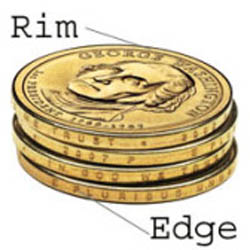
Beginning coin collecting:
1. Start with your loose change
Start dirList by studying coins found in your pockets or some old coins from the attic, under your bed, etc. Being a novice coin collector, it is impractical that you spend a lot of money on coins when you have not thoroughly understood the coin market.
Spend your time on getting acquainted with those ordinary coins. Familiarize its elements and parts like the lettering and the images impressed on the coin, their types, or the material.
2. Choose what coins you want to collect
To make the coin collecting hobby more worthwhile, choose the kinds of coins that you are mostly interested in. Bullion coins like silver or gold coins, for example, attract collecting investors because of the bullion coins’ overall appeal and market value.
Very old coins like Byzantine coins, Roman coins, or Celtic coins are interesting to collectors who are fascinated with history and ancient civilizations.
Varieties of coins are available in the coin collecting market and all you have to do is make a little searching to decide what you really want as a coin enthusiast.
3. Organize and maintain your collectable coins
Gathering coins haphazardly is not really coin collecting, it is coin hoarding. Without organizing your coin collection, you could miss out some valuable coins.
Purchase a coin software or coin catalog to arrange your coin collection. This is a computer program with a comprehensive and up-to-date coin database listed by type, date, denomination, and mint mark.
Also buy the necessary coin collecting supplies for storage and display such as coin albums, slab coin holders, coin display cases, coin tubes, envelopes, and boxes.
4. Be part of a coin collector’s organization or network
Take part in an organization composed of numismatists or coin collectors. This way you could interact with others who share the same interest with yours. You could ask questions to expert collectors or you could impart your experience to fellow beginners in the coin collecting hobby. Through these organizations, you can also find fit avenues for trading, buying, and selling collectible coins.
If you think it is too early to be part of actual groups, you may begin with online communities of collectors in websites or coin collecting forums.
5. Keep studying the hobby and industry of coin collecting
The hobby of coin collecting is very dynamic – market prices of coins constantly changing, new commemorative coins are being released, collectible coin auctions are being held occasionally, and ancient coins are being found!
That is why you have to be up-to-date with news about coins. If reading articles from websites and books is the best way to start coin collecting, it is also the best way to keep up with the hobby.
Later in the process you will find out there are just so much more things to learn. You will discover about coin grading and the importance of keeping an updated coin price guide in finding coin values yourself. Who knows, you might even consider making business out of your coin collection in the future.

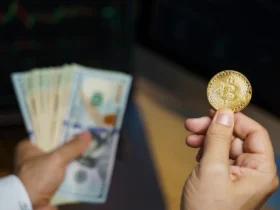


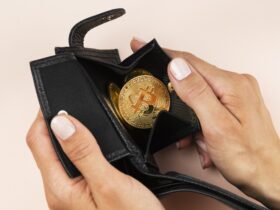
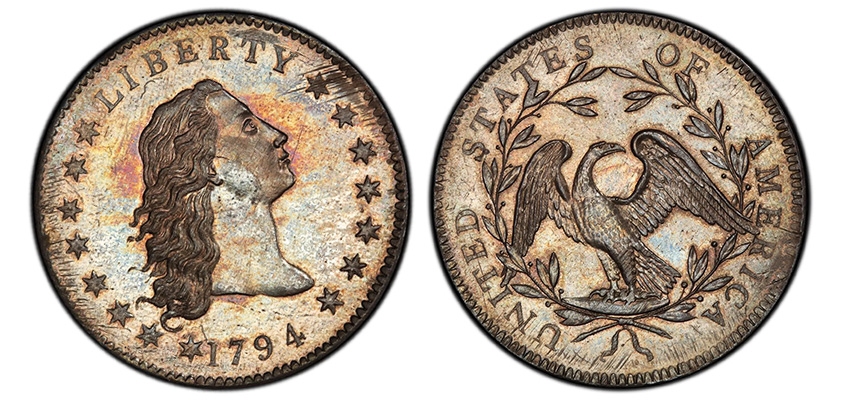
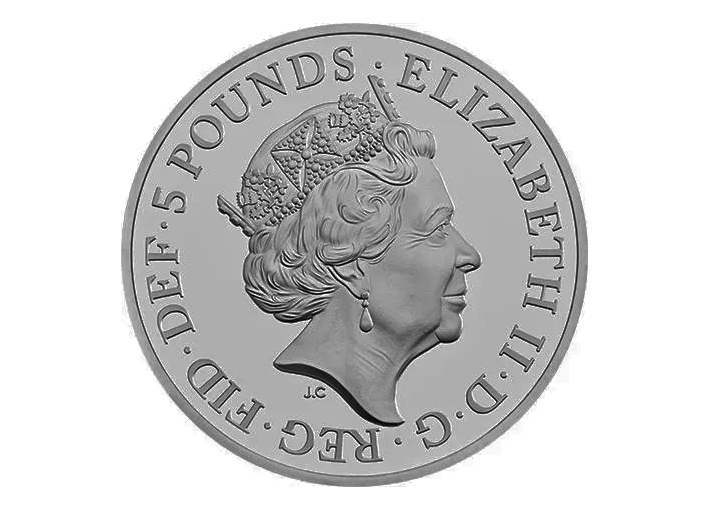
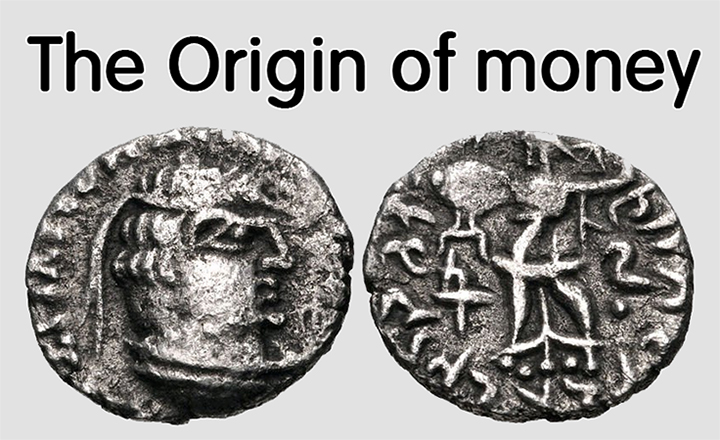
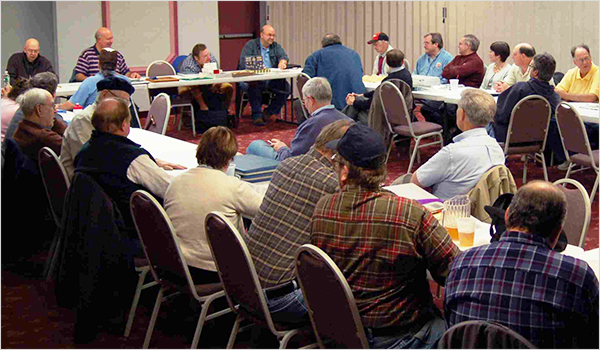

Leave a Reply